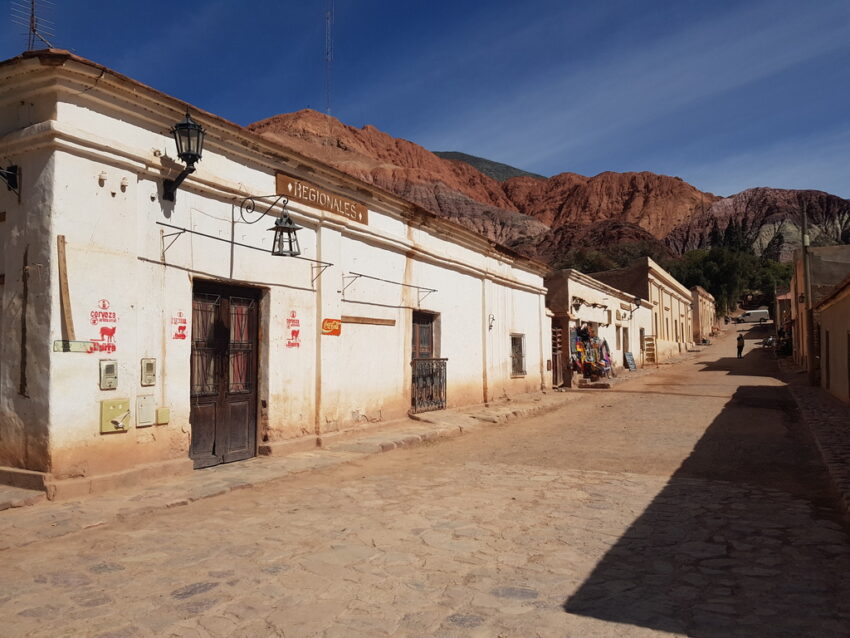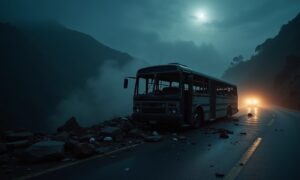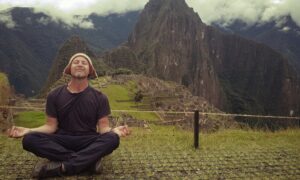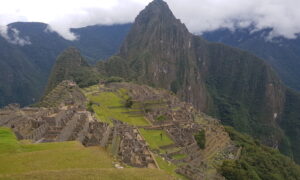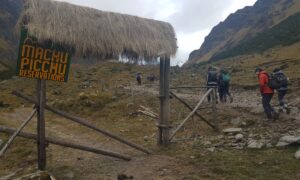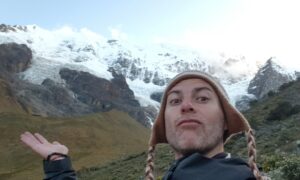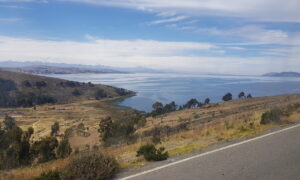Tilcara is a small village located in the north of Argentina and a must visit if your Argentina itinerary allows. It belongs to the region known as Humahuaca, nestled in a stunning valley at an altitude of around 3000m. While the days are relatively warm during winter, the evenings can drop to single-digit temperatures.

Upon my arrival at the hostel, I engaged in the usual travel-related conversations with fellow travellers. The typical questions of “where are you from,” “how long are you travelling,” “where have you been,” and “where are you going” were exchanged. In my room, there was a group of travellers of different nationalities who came by car which they rented down in Salta. Most of them were French, with one German among the eight.
Later that evening, we all attended a live show and dinner event, a common activity in the village. As an Argentine had invited the group, the conversation mostly took place in Spanish. The German spoke English well but was eager to improve his Spanish, so he preferred to interact with the rest of the group in Spanish. Thus far, I found that travelling in Argentina can be challenging without knowledge of Spanish. Compared to other tourist destinations around the world, Argentina has fewer English speakers, even in the travel industry. This may be because locals also travel a lot so the industry doesn’t need to cater exclusively for English speaking foreigners.
However, my limited comprehension of Spanish didn’t hinder the main event of the evening, which was a local band performing traditional music. The trio consisted of a guitarist, a drummer, and a female vocalist who also played a local version of the flute. The performance was fantastic, and towards the end, everyone got up to dance. They even pulled some people from our table to join in. We seemed to be the only foreigners present, and the locals from Buenos Aires enjoyed including us in the traditional dances. It was a delightful evening, and it was wonderful to witness the Argentinians’ enthusiasm and joy for the event.

After my acquaintance with the furry local the following morning, I took a local bus to a nearby village called Purmamarca, known for its vibrant traditional craft market and a small mountain with seven colours. Even if markets are not your thing a stroll around the surrounding landscape would still be a good way to fill your day ending it with a nice lunch around the market area.

On my third day, I headed north to a town called Humahuaca, which shares the name with the region. It is a more prominent tourist village compared to Purmamarca, and while the market was smaller, the multicoloured mountain was much larger. To reach the mountain, I joined three friendly local Argentinians on a 4×4 tour that departed from the dusty bus station in Humahuacha. We didn’t talk much, aside from them asking where I was from in Spanish, nevertheless they were quite welcoming.

After a brief stop at a lookout point, we continued further until we reached the top which is at a whopping 5000m. We got dropped off at the parking lot where we were treated to a breathtaking display of colours on the opposing mountain, which stood another 1000m higher at 6000m. The colours resembled an abstract painting and appeared almost unreal. It was as if millions of litres of different coloured paint had been poured onto the mountain and left to dry. A truly unique sight to behold.

Afterward, we descended and I spent the rest of the afternoon leisurely exploring the dusty village before returning to Tilcara.
The next day, I plan to travel to the capital of the region to visit the Bolivian consulate in an attempt to obtain a visa.

